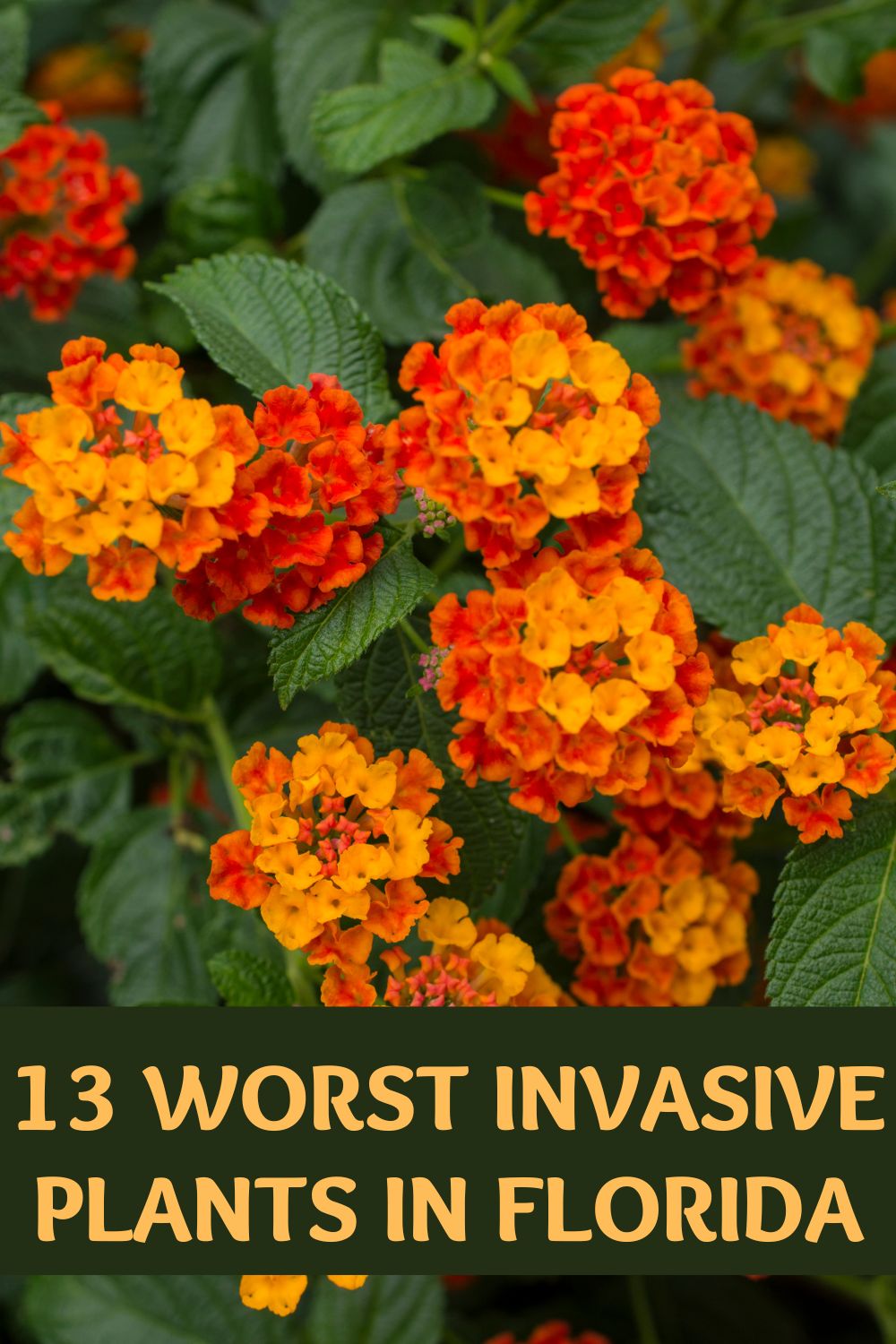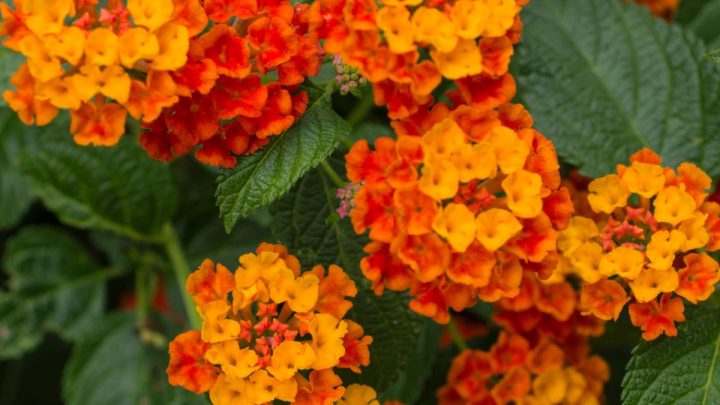While most nonnative plants can be safely grown in home gardens without becoming a nuisance, about 12 percent of nonnative plants in Florida are considered invasive or even prohibited. These invasive species spread quickly and aggressively, harming native ecosystems and resisting eradication efforts. Although invasives make up a small percentage of nonnative plants in Florida, the Florida Invasive Species Council lists a staggering 166 invasive plants. Learn how to identify and remove 13 of the worst invasive plants in Florida with the guide below, as well as discover beautiful native plants to replace them.
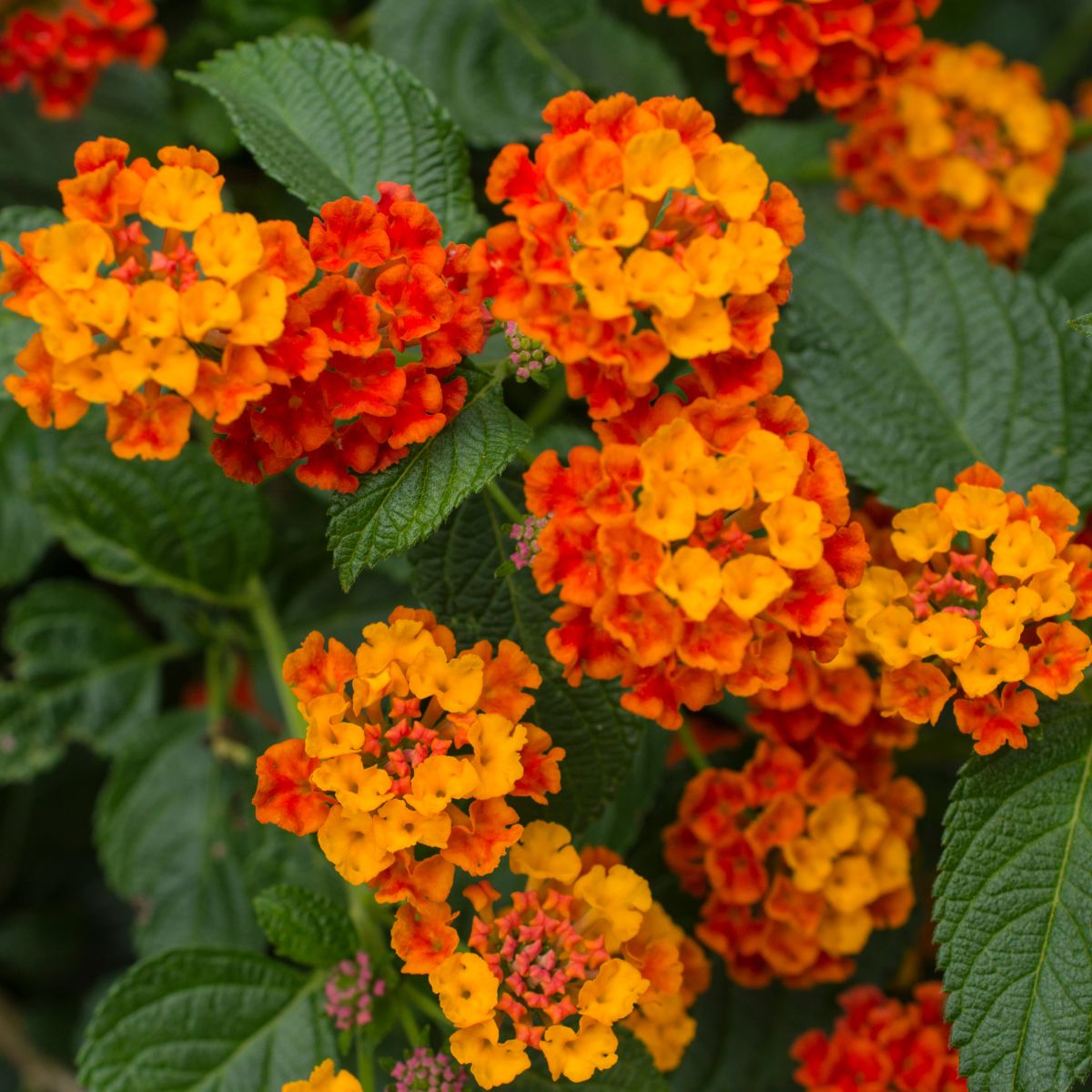
Invasive Plants in Florida
Big change starts with small steps, so let’s begin the fight against Florida’s invasive plants by exploring a baker’s dozen of the worst of them. At the same time, we can nurture native species!
1. Air potato (Dioscorea bulbifera)
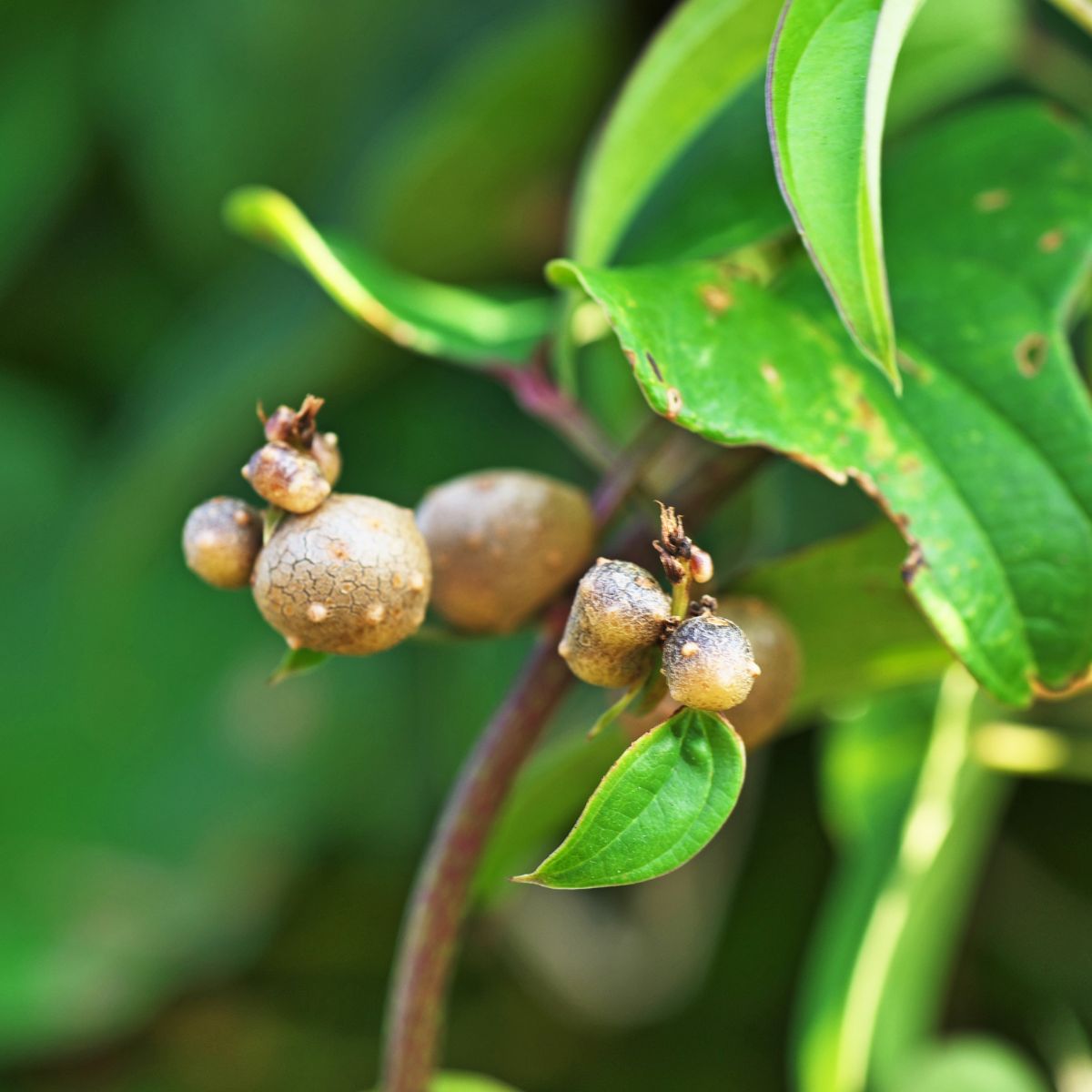
This aggressive vine grows quickly and shades out native plants. It can be identified by its heart-shaped leaves and small potato-like tubers growing from the stem.
Pick up and discard any tubers to prevent spread, and request Asian air potato leaf beetles from the Florida Dept. of Agriculture and Consumer Services (north and central Florida) or U.S. Department of Agriculture (south Florida) to use as a biological control against the plant.
Beautiful native vines to grow instead include moonflower (Ipomoea alba) and purple passionflower (Passiflora incarnata).
2. Australian pine (Casuarina equisetifolia)
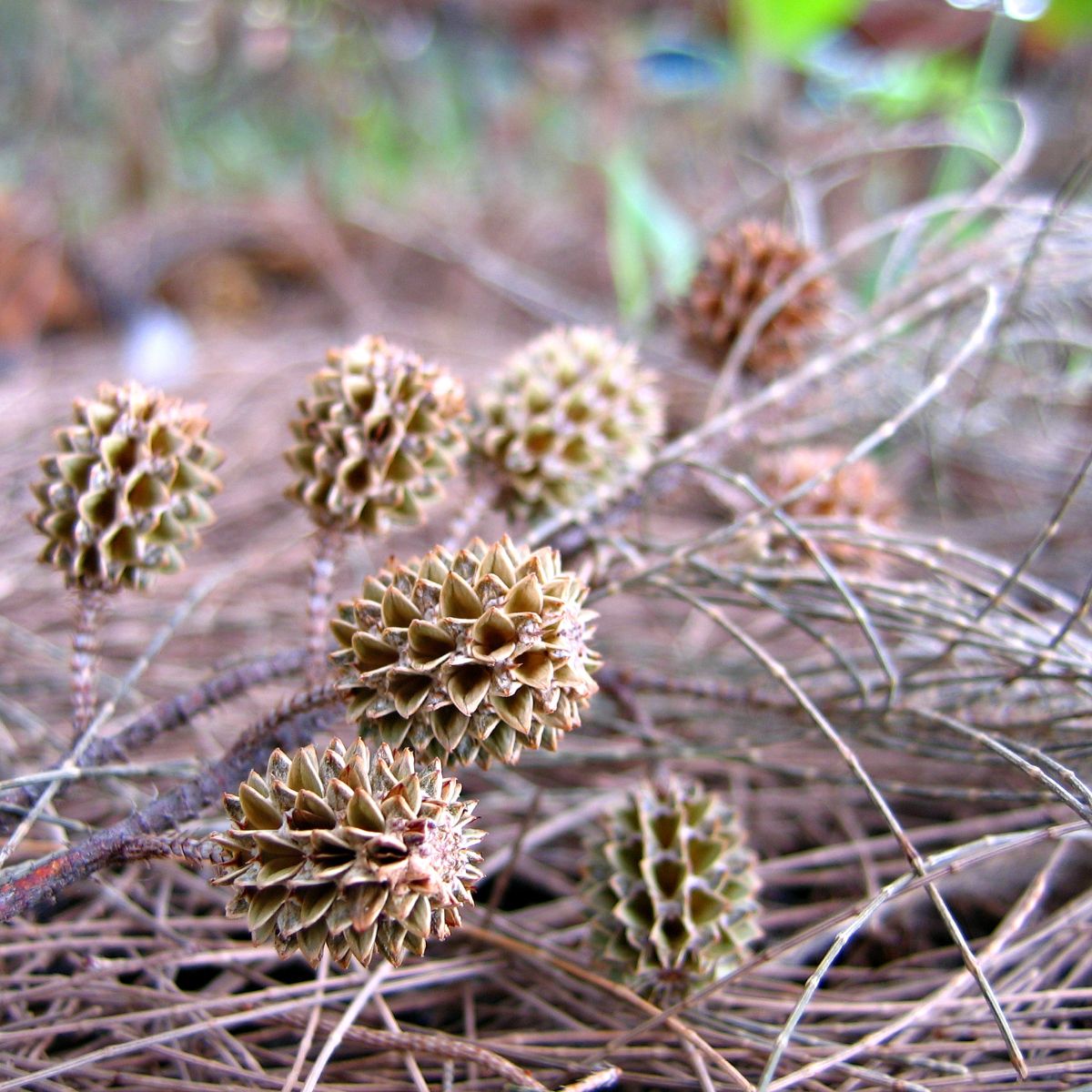
The Australian pine, or horsetail tree, is not a true pine. It grows up to 150 feet tall with an open crown and has tiny, dark green, scale-like leaves in whorls of six to eight on thin, grayish branchlets. Tiny flowers are followed by woody, conelike clusters of fruits.
Rake up and discard fallen cones, seeds, and leaves, and have the tree removed, if possible.
Alternative native trees include the Southern red cedar (Juniperus silicicola) and slash pine (Pinus elliottii).
3. Brazilian pepper (Schinus terebinthifolius)
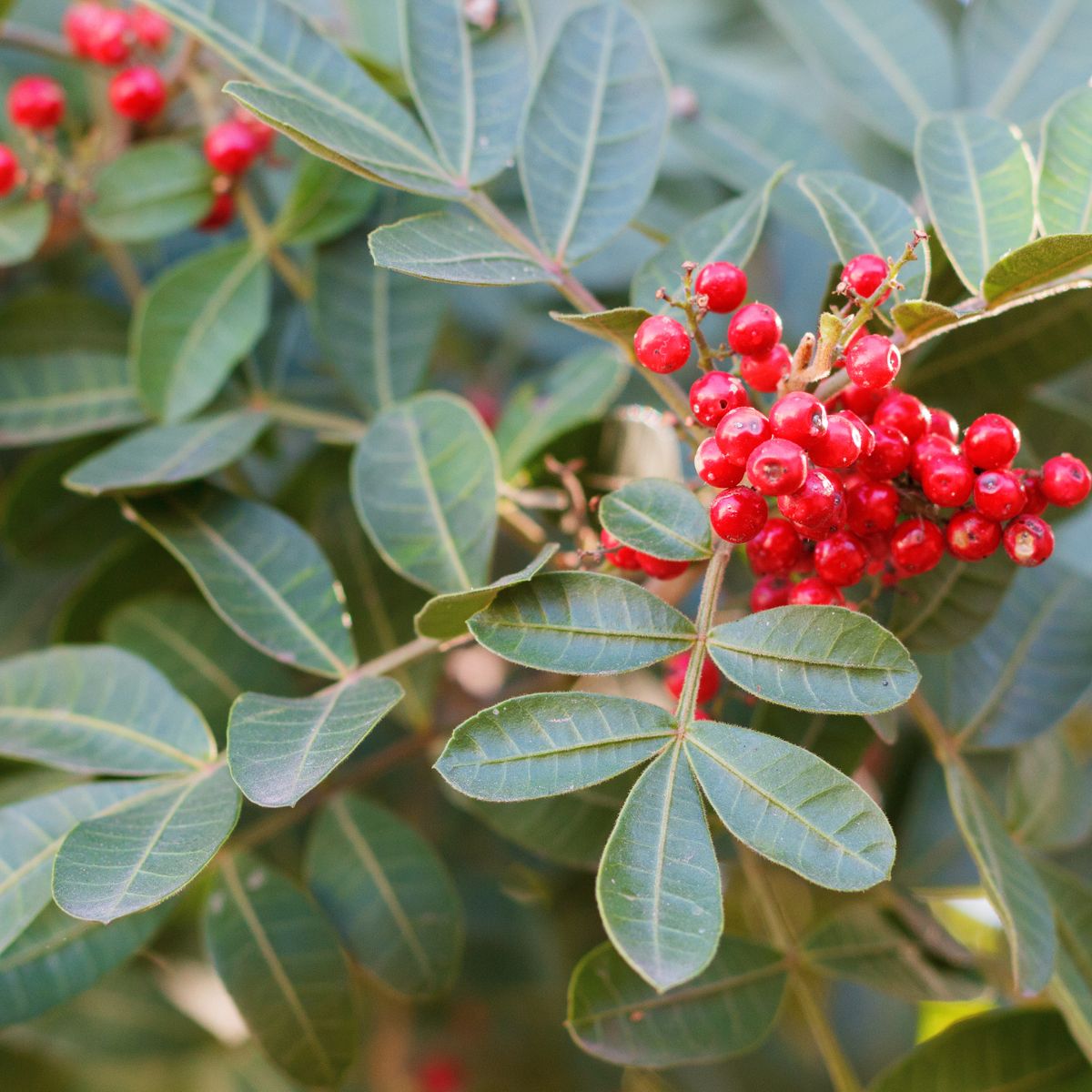
An evergreen shrub, Brazilian pepper has thick, dark green compound leaves and clusters of white flowers with yellow centers followed by bright red berries. The leaves smell like pepper when torn or crushed.
Hand pull small plants and cut large shrubs before fruiting. Plant native shrubs instead, like firebush (Hamelia patens) or yaupon holly (Ilex vomitoria).
4. Camphor tree (Cinnamomum camphora)
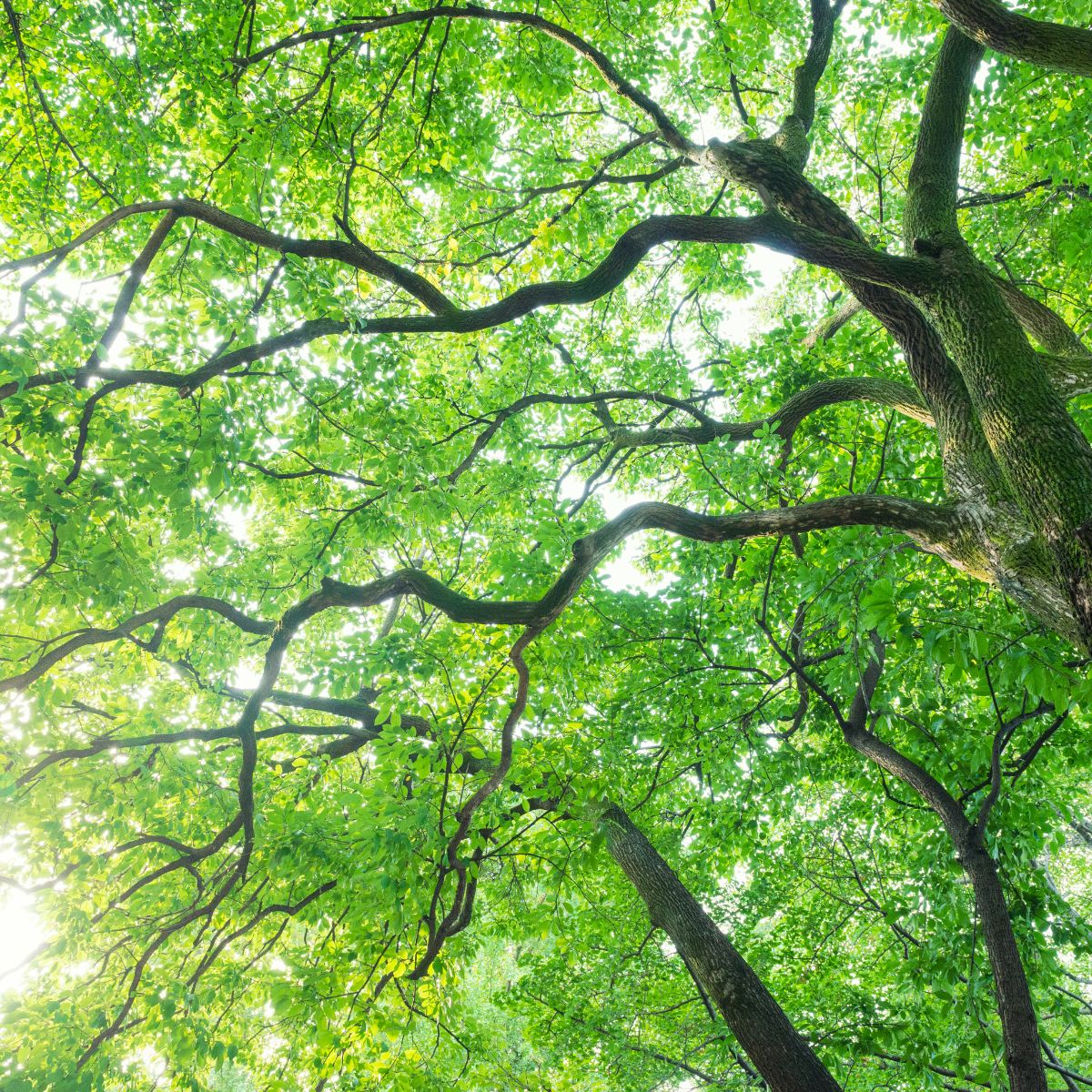
The camphor tree gets its name from the strong camphor odor given off by crushed leaves and branches. This evergreen tree has widely fissured, grayish bark and green to reddish branches covered in glossy, ovate leaves with smooth, wavy margins. Small, green to black drupes follow greenish-white flowers.
Collect and dispose of fruits, hand pull seedlings, cut larger trees, and apply herbicide to the stumps.
Similar native trees include dahoon holly (Ilex cassine) and sweet bay (Magnolia virginiana).
5. Chinese privet (Ligustrum sinense)
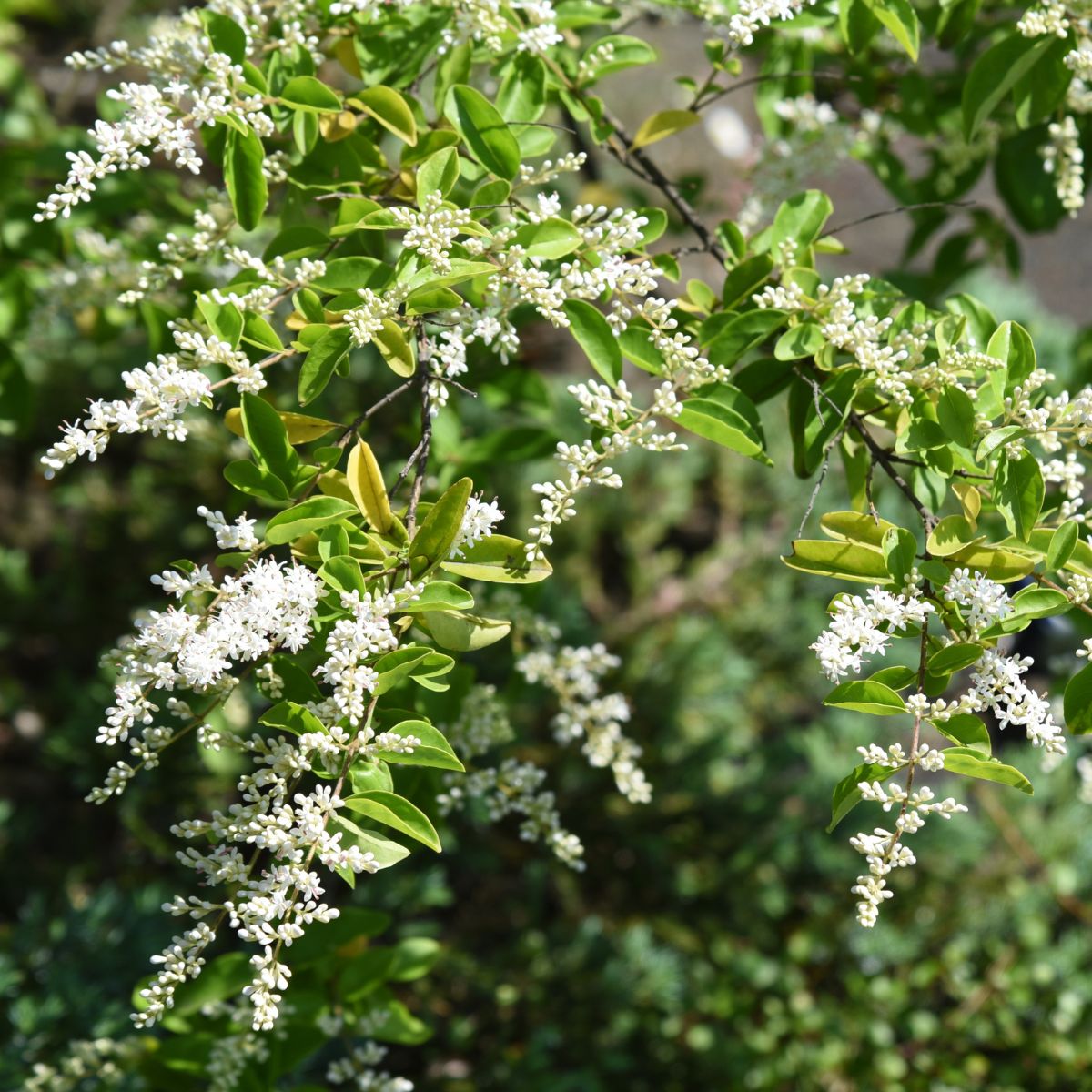
A semideciduous shrub or small tree, the Chinese privet has densely pubescent twigs and opposite, simple, elliptic leaves with blunt tips and entire margins. Small, white flowers grow in terminal panicles and are followed by tiny, dark blue drupes.
Before the plants set fruit, hand pull seedlings and cut larger specimens and apply herbicide to the stumps.
Plant native Florida privet (Forestiera segregata) instead, or another similar native shrub-like Walter’s viburnum (Vibrunum obovatum).
6. Chinese tallow tree (Triadica sebiferum)
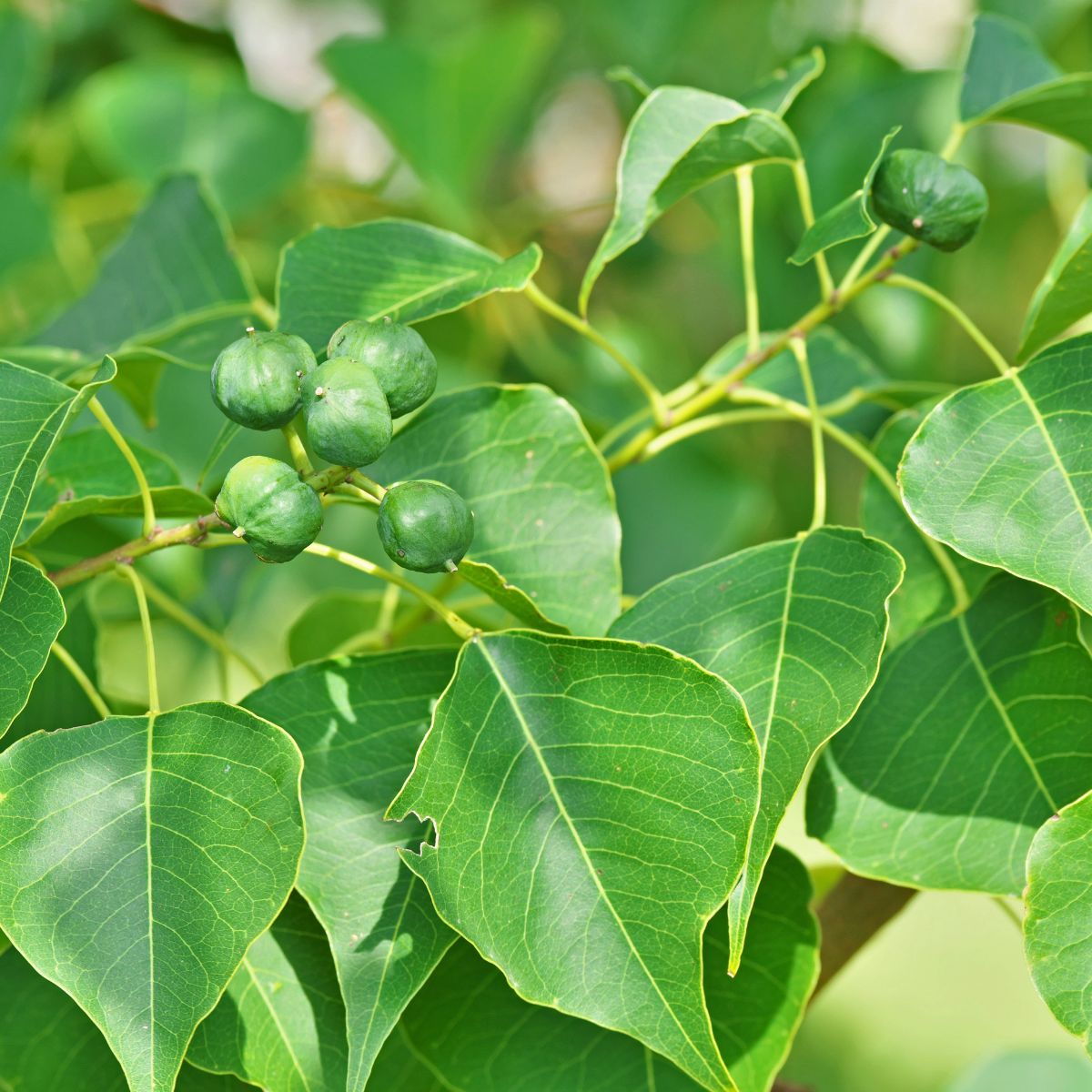
This medium deciduous tree has broad, ovate leaves with smooth margins and a sharply tapering point. Tiny, yellow flowers grow on spikes and lack petals, and the brown, three-lobed fruits open to reveal a cluster of three white seeds that resemble popcorn.
Pull Chinese tallow tree seedlings and cut larger trees, applying herbicide to the stumps.
Plant native trees instead, like red maple (Acer rubrum) or river birch (Betula nigra).
7. Coral ardisia (Ardisia crenata)
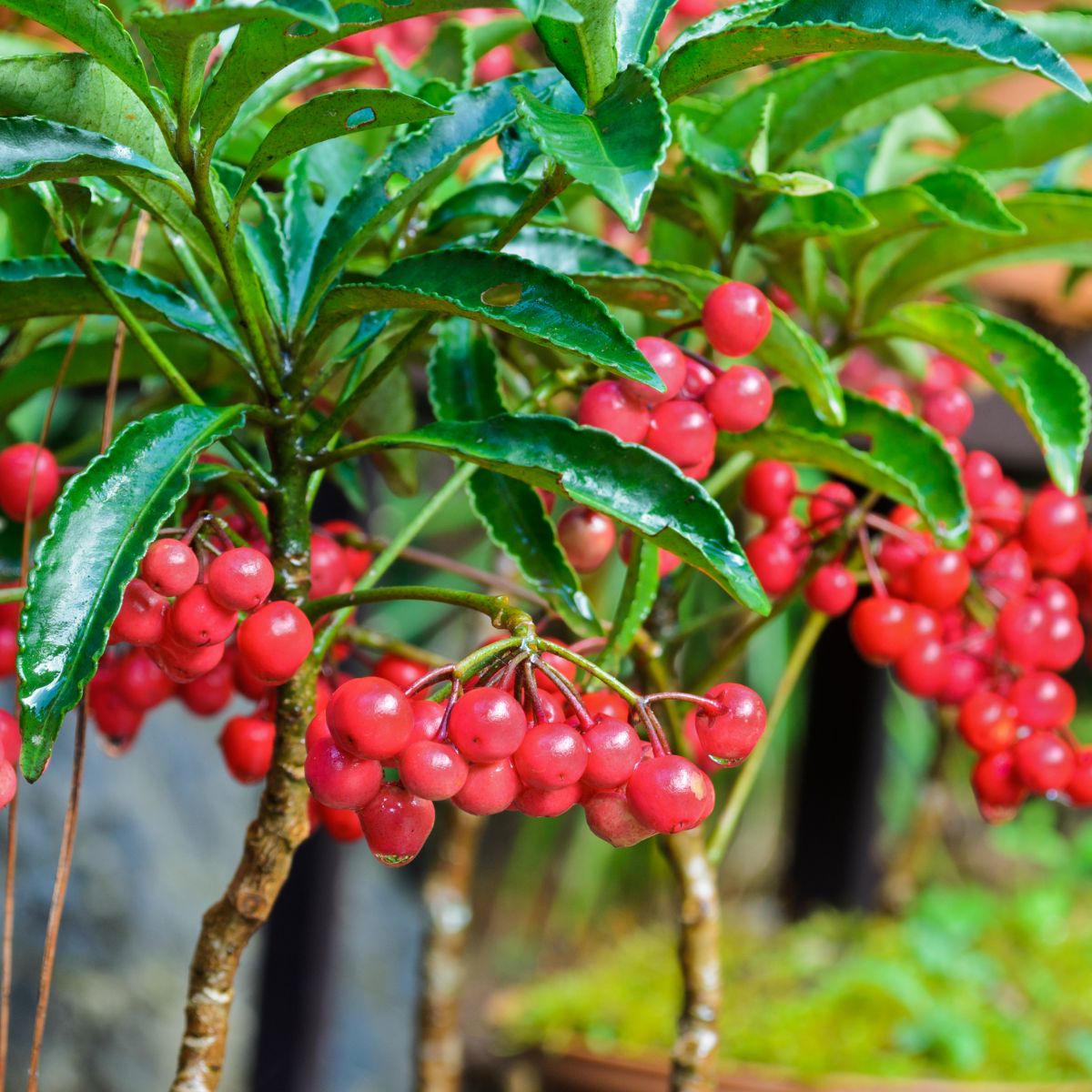
Also called scratchthroat, coral berry, or spice berry, this evergreen shrub grows in clumps of erect gray stems. Coral ardisia has waxy, dark green, alternate leaves with crenate edges. Bright red berries beneath the foliage follow clusters of white to pink flowers.
Hand pull small seedlings. Established shrubs may regrow if cut, making foliar or basal bark herbicide application more effective.
Similar native shrubs include gallberry (Ilex glabra) and wild coffee (Psychotria nervosa).
8. Elephant ear (Colocasia esculenta)
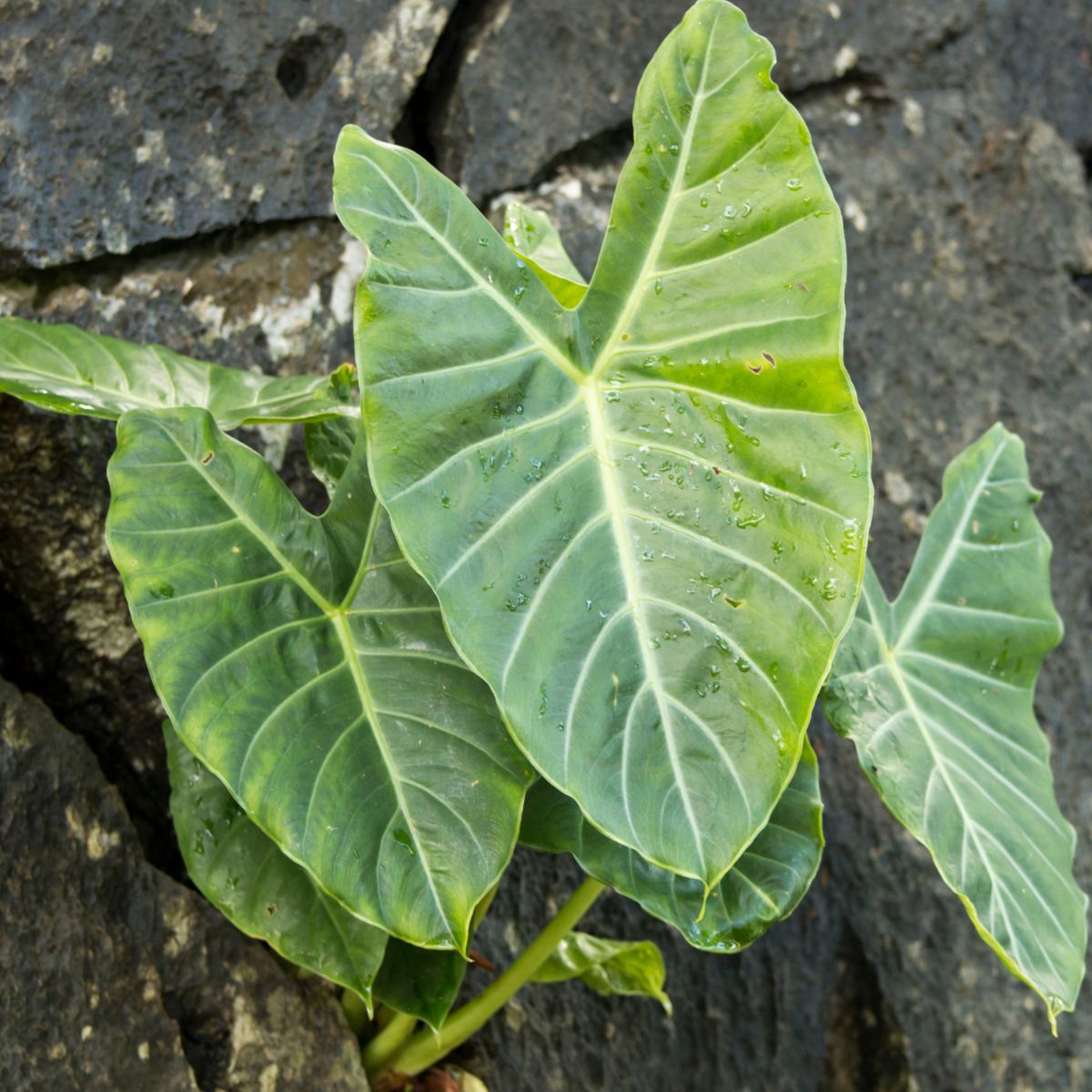
Elephant ear (not to be confused with Anthosoma sagittifolium), or wild taro, grows in dense clusters on the edges of water sources. It has large, dark green, arrowhead-shaped leaves that have wavy edges and can reach up to two feet long. Small spikes of flowers grow in a large yellow spathe on a fleshy stalk, followed by berry clusters.
Dig up and discard the tubers, or learn how to properly cook taro — it’s delicious!
Plant the similar but native common arrowhead (Sagittaria latifolia) or beautiful golden canna (Canna flaccida) instead.
9. Heavenly bamboo (Nandina domestica)
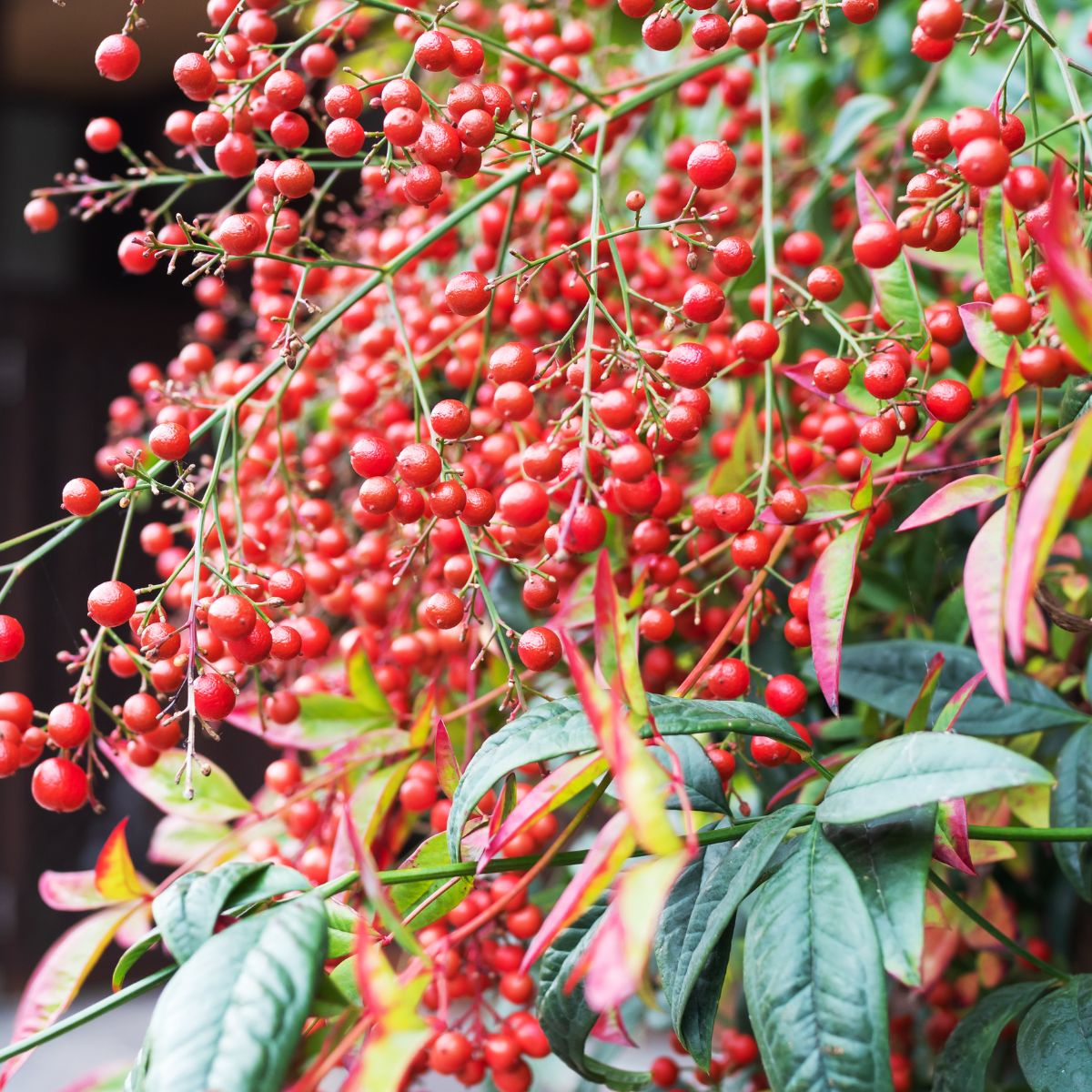
Heavenly bamboo, also simply called nandina, is an erect evergreen shrub with alternate, pinnately compound leaves that turn red in the fall. The main stem has overlapping sheaths that make it look like bamboo. Small, white to pink spring flowers give way to bright red berries that are toxic to wildlife.
Dig or hand pull small specimens, being careful to remove all roots, or use a basal bark herbicide application on larger plants.
Replace with the equally lovely but native Florida leucothoe (Agarista populifolia) or Virginia sweetspire (Itea virginica).
10. Lantana (Lantana camara)
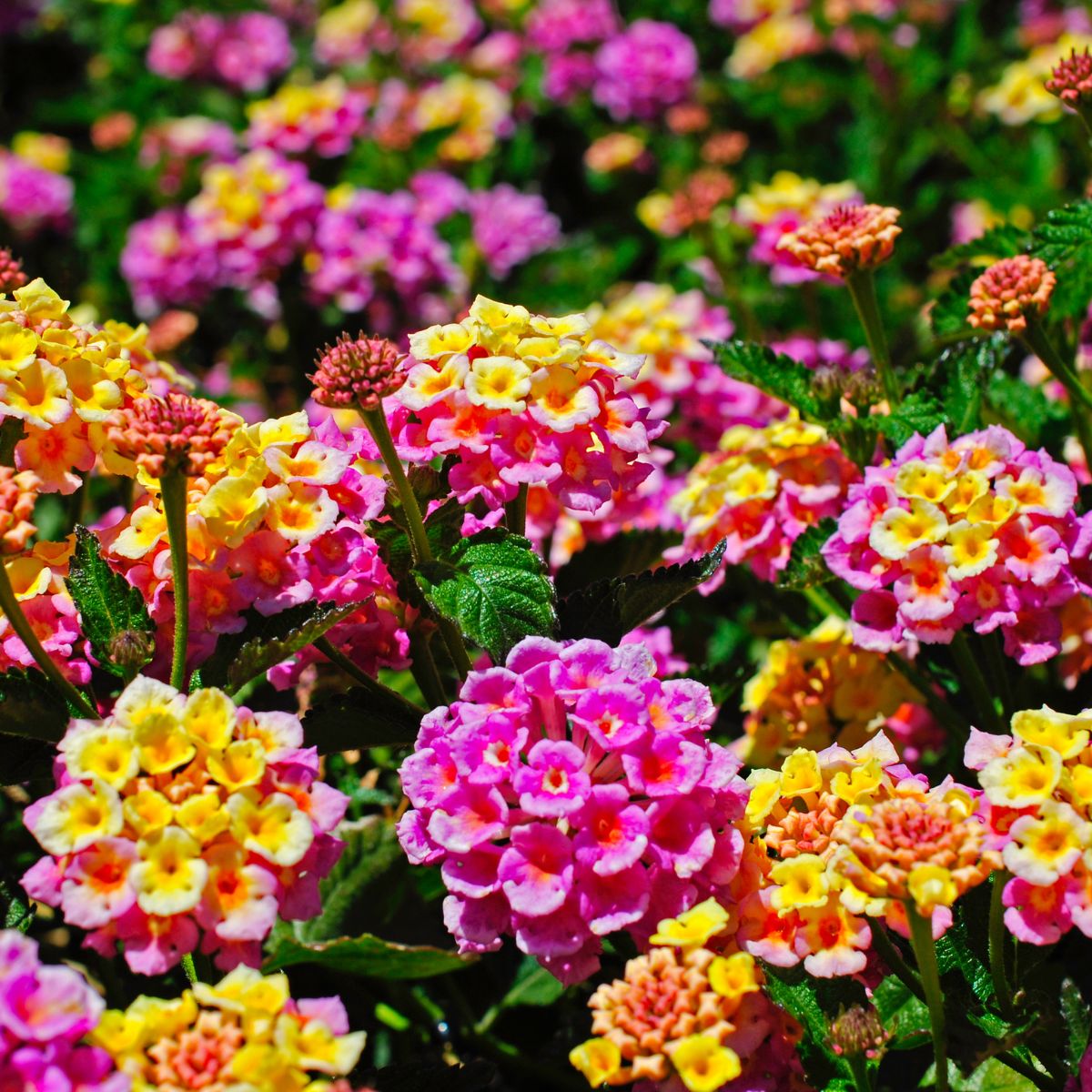
A deciduous shrub, lantana has square stems, sometimes with tiny prickles. The simple, opposite leaves have serrated margins, a truncate or squared base, and a strong, musty smell. A single flower cluster can be multicolored or change color over time.
Dig small infestations, removing the entire root system, or use a combination of mowing and targeted herbicide application.
The native Florida lantana (Lantana depressa) looks very similar, and wild sage (Lantana involucrata) is a pale-blossomed cousin.
11. Mexican petunia (Ruellia simplex)
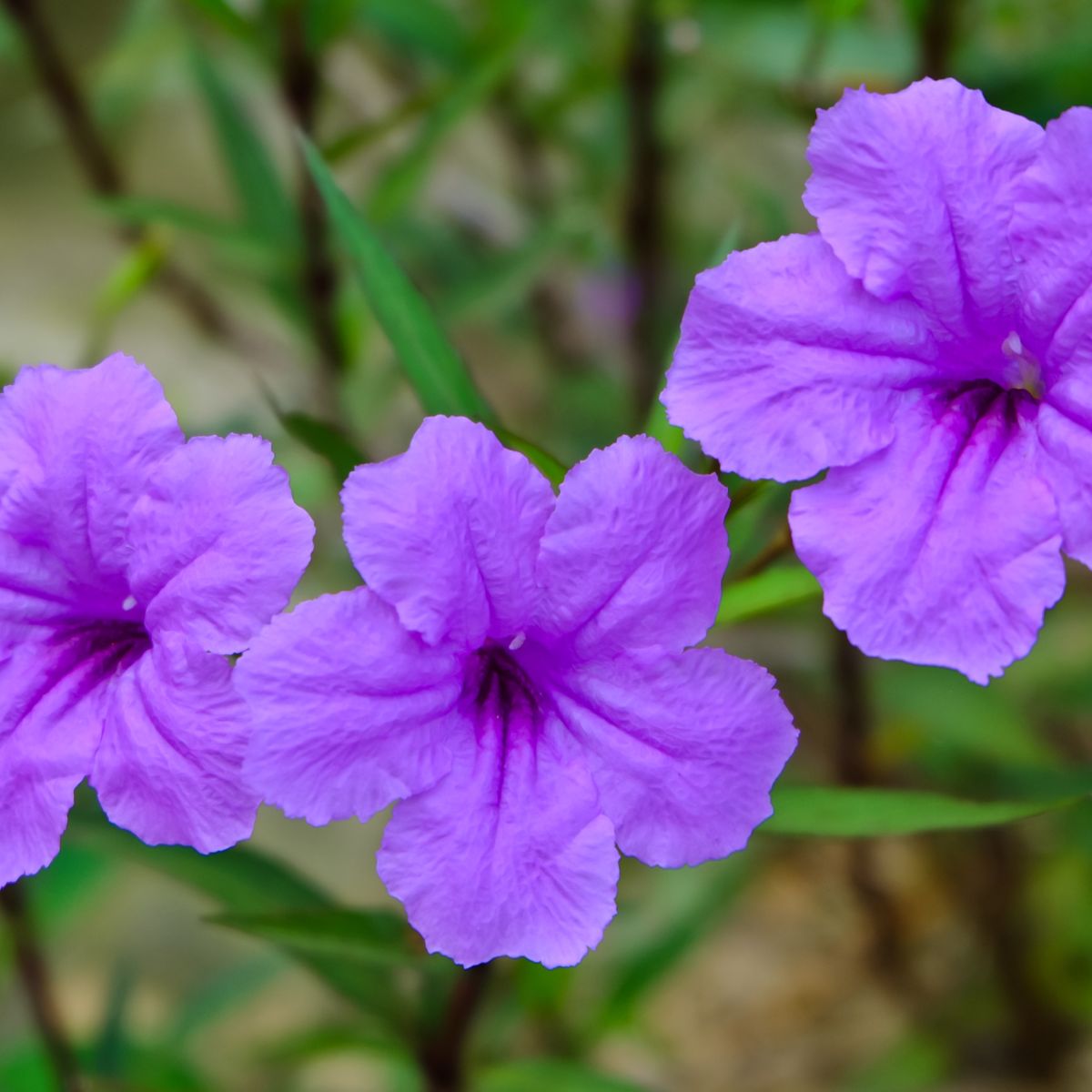
These blue to purple, trumpet-shaped flowers grow on tall stalks amid long, dark green, lance-shaped leaves. Mexican petunias reach three feet tall, though a dwarf variety grows less than one foot high.
Hand pull small infestations. Repeated tilling or mowing can be effective on larger colonies, especially when all plant material is removed.
Beautiful native blue flowers include blue-eyed grass (Sisyrinchium angustifolium) and Stokes’ aster (Stokesia laevis).
12. Mimosa (Albizia julibrissin)
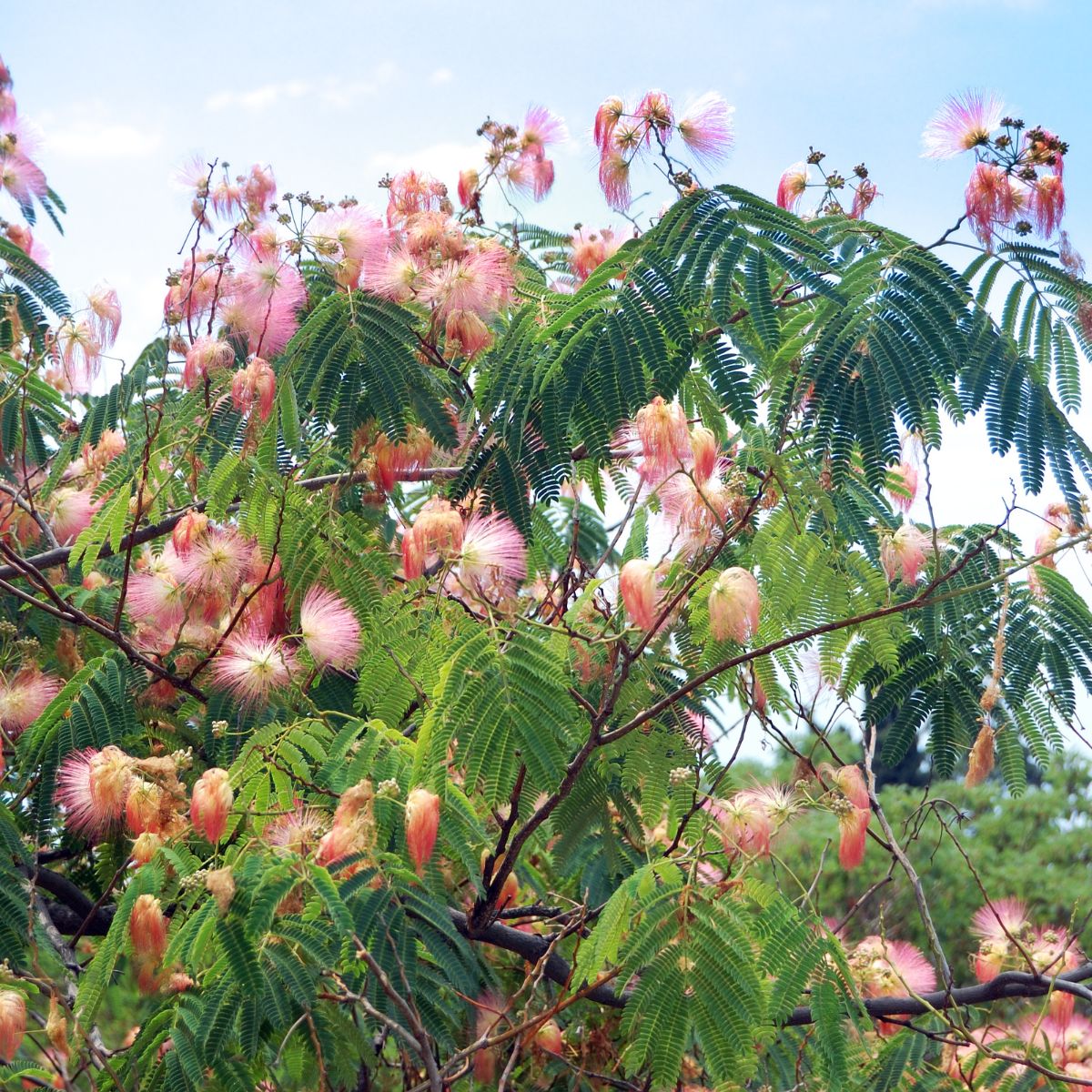
Also called silktrees, mimosas are small to medium flowering trees with bipinnately compound leaves that give them a fernlike appearance. The fragrant, pink, feathery flowers sit on top of the branches, and pealike seed pods hang below after the blooms fade.
Cut down flowering trees, before they set seed, and immediately apply herbicide to the stumps.
Some lovely flowering native trees include fringe tree (Chionanthus virginicus) and sweet acacia (Acacia farnesiana).
13. Wedelia (Sphagneticola trilobata)
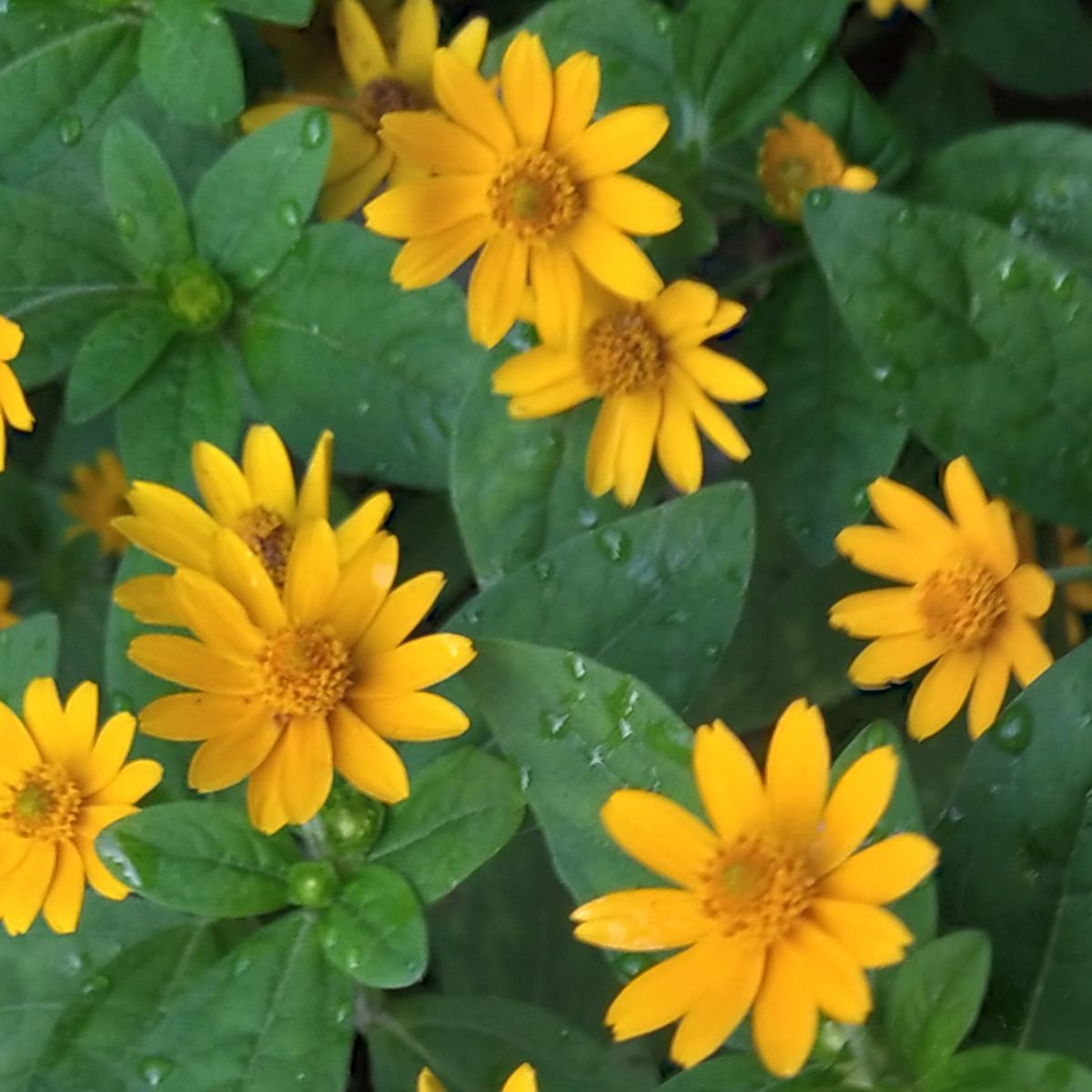
Wedelia, or creeping oxeye, is a perennial mat-forming herb with solitary, yellow-orange flowers on hairy stems. The two- to four-inch leaves have irregularly toothed margins.
Because the plants spread via runners and fragmentation do not mow or cut wedelia. Instead, pull up or dig, remove the entire root system, or carefully apply foliar herbicide.
Replace with the vibrant native firewheel (Gaillardia pulchella) or dune sunflower (Helianthus debilis).
Armed with basic knowledge about some of the worst invasive plants in Florida, you can begin taking small but important steps to fight these aggressive weeds and nurture beautiful, habitat-forming native plants.
